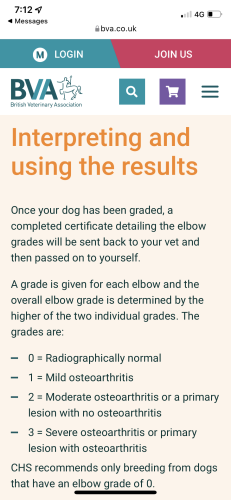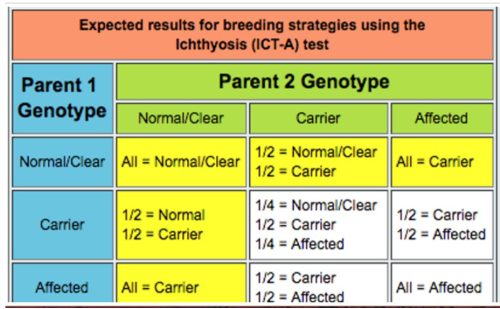Golden retrievers, like nearly all breeds of dogs, are susceptible to known DNA detectable hereditary diseases, and can also suffer from hip and elbow dysplasia, along with various eye and heart issues.
Hip and elbow dysplasia cannot be detected via DNA testing as it is a complex set of genes that determine a dog’s hip and elbow score. DNA testing also cannot detect other hereditary heart and eye issues, such as heart murmurs, or entropion eyelids (in-turned eyelids), both of which golden retrievers are susceptible to. Hence the importance of obtaining Heart and Eye certificates from responsible breeders.
In brief, the lower the hip and elbow score the better. “0” is a perfect score. The dog’s hip scores are added together….. ie a score of 5/5 = 10 (a hip score of 10)
The Australian breed average hip score for golden retriever is 10.74, as of the 30th of April 2022.
It is ideal for a breeder to breed a dog with a hip score under the breed average, to responsibly aim to improve the breed. This is unless the dog has considerable other favourable characteristics such as perfect confirmation or unquestionable working drive. Still, to improve the breed, a breeder should aim to breed dogs with hip scores under the breed average.
A useful source of information on hip and elbow scoring is the British Veterinary Association. In brief, the BVA advises breeder’s not to breed any golden retriever with an elbow score that isn’t 0/0.
Known detectable DNA conditions for Golden Retrievers include:
- Congenital Eye Malformation
- Generalised PRA 1
- Generalised PRA 2
- Progressive Rod Cone Degeneration (prcd)
- Degenerative Myelopathy
- Neuronal Ceroid Lipofuscinosis NCL
- Dystrophic Epidermolysis Bullosa
- Ichthyosis A
- Osteogenesis Imperfecta
- Skeletal Dysplasia 2 (Mild Disproportionate Dwarfism)
A dog that is a carrier for one of the known above conditions can be bred to a clear dog, and produce puppies that are not “affected” by a known DNA disease. This is the importance of DNA testing.


